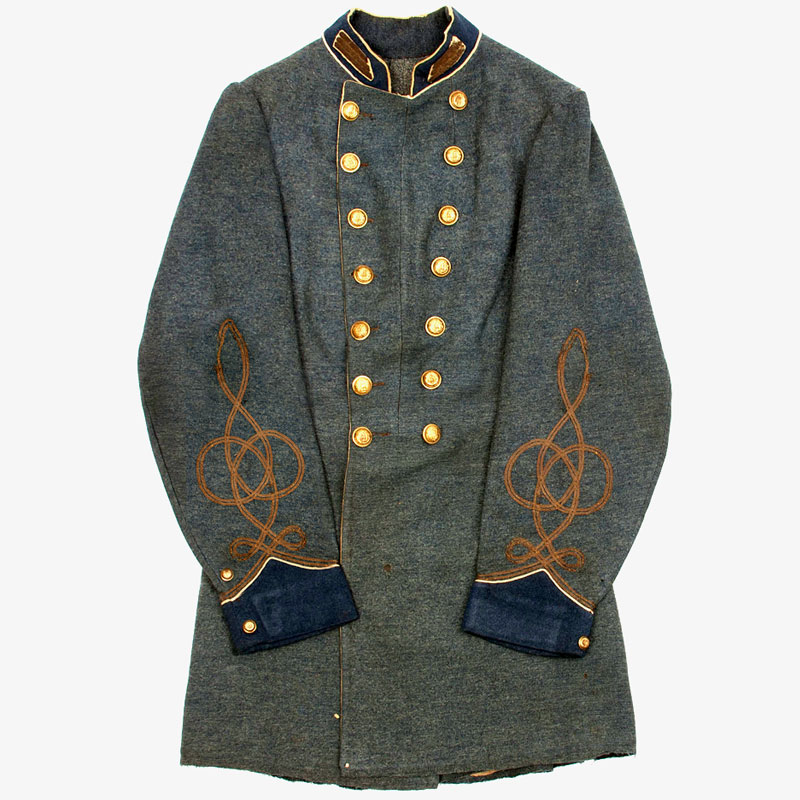

was forced to quickly abandon the important Gosport Navy Yard at Portsmouth, Virginia. Illustration of the Confederate fleet at New Orleans Navy eventually grew to 101 ships to meet the rise in naval conflicts and threats to the coast and rivers of the Confederacy. In February 1861, the Confederate States Navy had 30 vessels, only 14 of which were seaworthy. It instead sought to take advantage of technological innovation, such as ironclads, submarines, torpedo boats, and naval mines (then known as torpedoes). The Confederate Navy could never achieve numerical equality with the Union Navy. The surrender of the CSS Shenandoah in Liverpool, England, marked the end of the Civil War and the Confederate Navy's existence. Additionally, the control of inland rivers and coastal navigation by the US Navy forced the south to overload its limited railroads to the point of failure. It was ineffective in these tasks, as the coastal blockade by the United States Navy reduced trade by the South to 5 percent of its pre-war levels. blockade by drawing off Union ships in pursuit of Confederate commerce raiders and warships.

The three major tasks of the Confederate States Navy during its existence were the protection of Confederate harbors and coastlines from outside invasion, making the war costly for the United States by attacking its merchant ships worldwide, and running the U.S.

It was responsible for Confederate naval operations during the American Civil War against the United States's Union Navy. The Confederate States Navy ( CSN) was the naval branch of the Confederate States Armed Forces, established by an act of the Confederate States Congress on February 21, 1861.


 0 kommentar(er)
0 kommentar(er)
